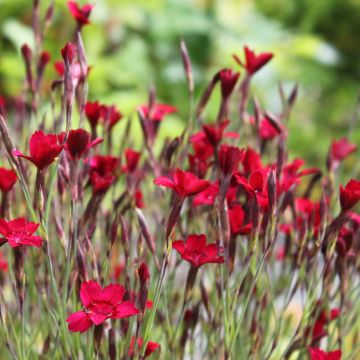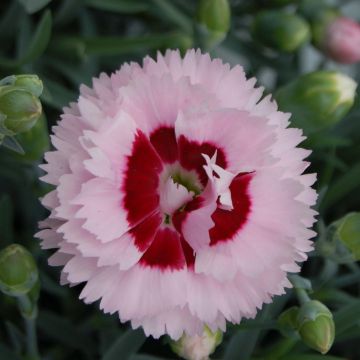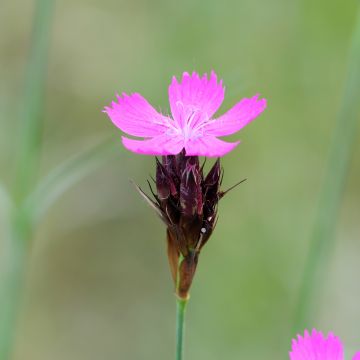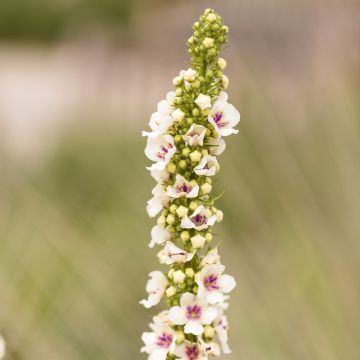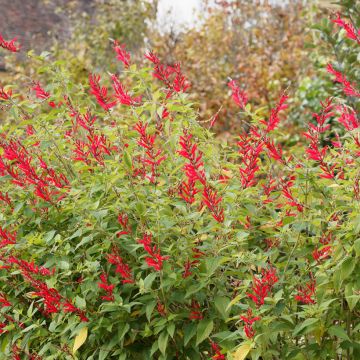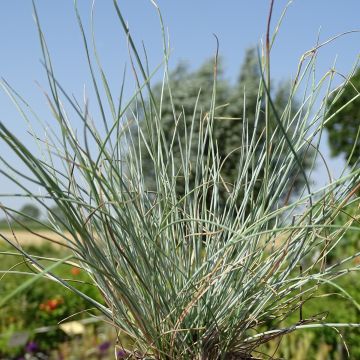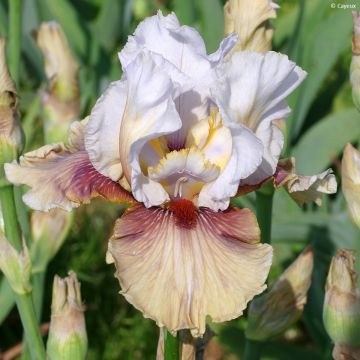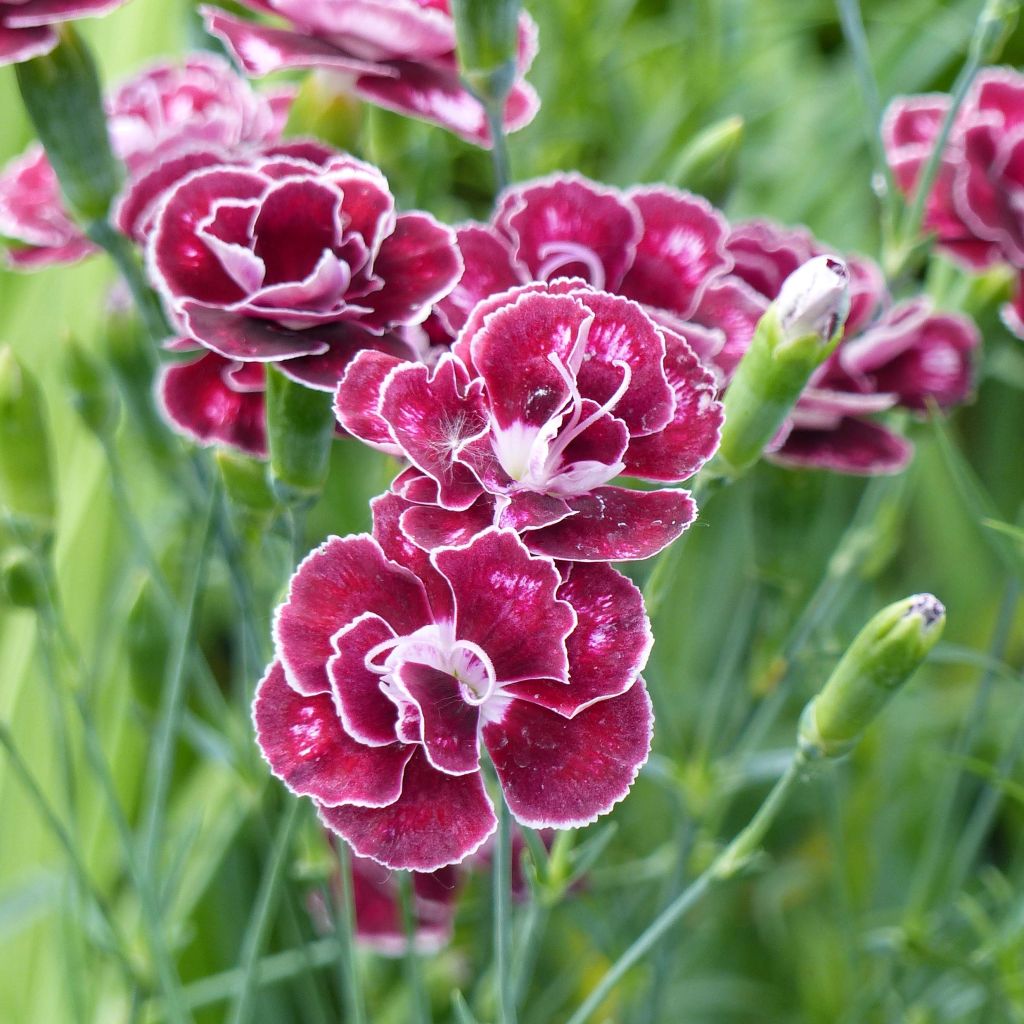

Dianthus allwoodii Romeo
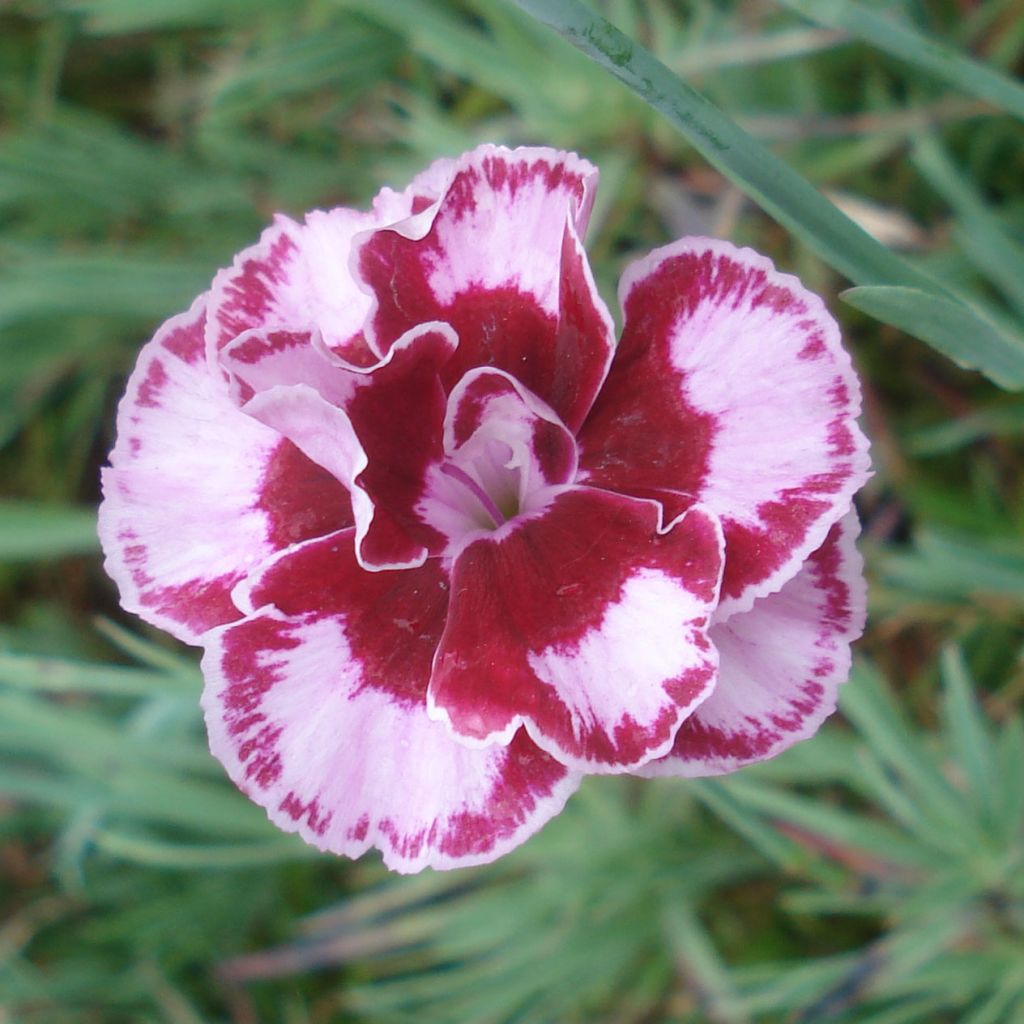

Dianthus allwoodii Romeo


Dianthus allwoodii Romeo
Dianthus allwoodii Romeo
Dianthus x alwoodii Romeo
Alwood's pink, Alpine pink
Very beautiful vine-plant in excellent health! It is thriving well in a planter on a south-facing balcony in zone 7a. The soil was still moist and fresh upon delivery, which arrived within 24 hours. This was my first order and I am delighted! I will no longer go back to the garden centre. Only one young plant was dried out, and the refund was processed very quickly.
Cécile, 24/03/2021
This item cannot be shipped to the selected country
Delivery charge from €5.90
More information
Schedule delivery date,
and select date in basket
This plant carries a 12 months recovery warranty
More information
We guarantee the quality of our plants for a full growing cycle, and will replace at our expense any plant that fails to recover under normal climatic and planting conditions.
From €5.90 for pickup delivery and €6.90 for home delivery
Express home delivery from €8.90.
Does this plant fit my garden?
Set up your Plantfit profile →
Description
Dianthus 'Romeo' is a carnation that combines hardiness, frugality, and originality. It forms a thick cushion of evergreen grey-green leaves and offers a long summer flowering period, which often starts in May and ends in September. Its fringed corollas, with an unusual colour, display a brown and white centre surrounded by dark pink. This variety is wonderful in rock gardens, punctuating them with attractive cushions all year round. A very hardy perennial that prefers well-drained soil and full sun.
'Romeo' belongs to the Caryophyllaceae family. It is a cultivar resulting from cross-breeding between Dianthus plumarius and D. alpinus. D. plumarius is a European perennial that is the main ancestor of the different groups of both old-fashioned and modern pinks and carnations. D. caryophyllus is Mediterranean. The plants in the allwoodii group are compact, vigorous, and very floriferous. The growth of this carnation is quite fast. Its adult size will not exceed 40cm (16in) in height when flowering, with a spread of 30 to 40cm (12 to 16in). It forms a dense clump from which astonishing bouquets of flowers emerge from May to July, and again in September. They are marked with brown-purple and white in the centre, with five fringed petals. The usually single flowers appear at the top of short stems. Its linear, glabrous, evergreen and leathery leaves are a superb grey-green.
'Romeo' is ideal for borders, embankments, and dry rockeries. It can accompany other flowering cushions such as helianthemums, silenes, dwarf artemisia (Artemisia lanata), wall bellflower, Caucasian rockcress, Phlox subulata, and Delosperma cooperi, or Erigeron karvinskianus, and bloody cranesbill (Geranium sanguineum). This plant looks lovely between the stones of a wall or paving, or in a planter. It adapts very well to pot culture, in light soil.
Report an error about the product description
Dianthus allwoodii Romeo in pictures
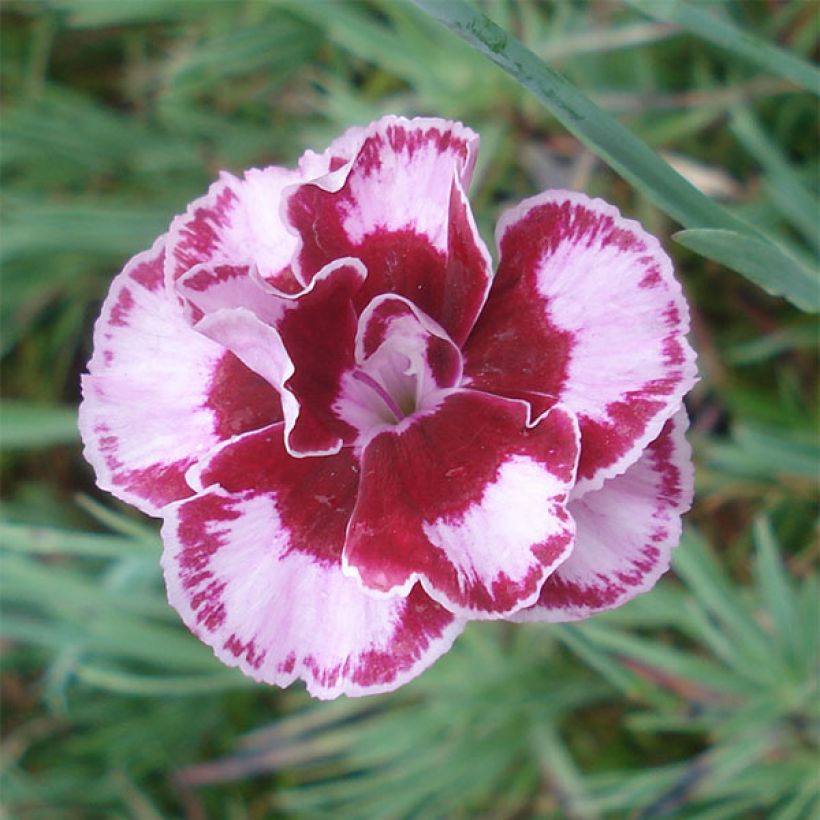

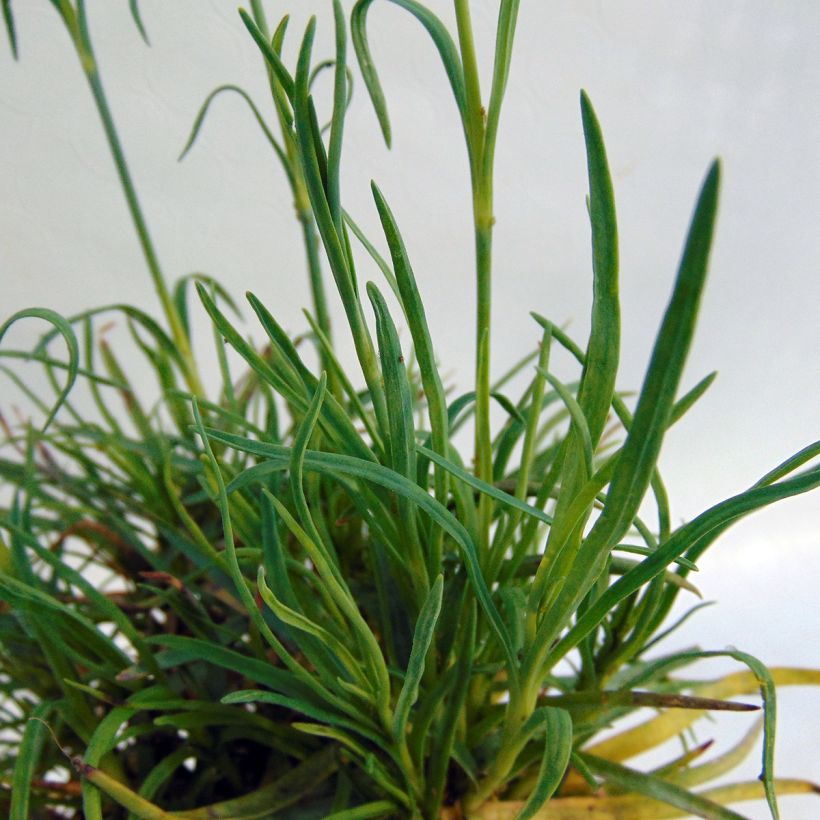

Flowering
Foliage
Plant habit
Botanical data
Dianthus
x alwoodii
Romeo
Caryophyllaceae
Alwood's pink, Alpine pink
Cultivar or hybrid
Other Dianthus - Pinks
Planting and care
Plant Dianthus 'Romeo' in ordinary, permeable and humiferous, stony, rather calcareous, dry to moist, and especially well-drained soil. Gravel-rich soil yields good results. In open ground, this plant is very hardy, resistant beyond -15°C (5°F). It prefers a very sunny exposure. Lightly prune the clump after summer flowering to encourage regrowth in September. In rich soil, prune part of the foliage with shears after flowering to maintain a dense habit. Apply a balanced fertiliser to poor soil in March. Divide the clumps every 3 years to rejuvenate those whose base is thinning. Propagate by performing layering or by taking cuttings.
Planting period
Intended location
Care
-
, onOrder confirmed
Reply from on Promesse de fleurs
Mediterranean perennials
Haven't found what you were looking for?
Hardiness is the lowest winter temperature a plant can endure without suffering serious damage or even dying. However, hardiness is affected by location (a sheltered area, such as a patio), protection (winter cover) and soil type (hardiness is improved by well-drained soil).

Photo Sharing Terms & Conditions
In order to encourage gardeners to interact and share their experiences, Promesse de fleurs offers various media enabling content to be uploaded onto its Site - in particular via the ‘Photo sharing’ module.
The User agrees to refrain from:
- Posting any content that is illegal, prejudicial, insulting, racist, inciteful to hatred, revisionist, contrary to public decency, that infringes on privacy or on the privacy rights of third parties, in particular the publicity rights of persons and goods, intellectual property rights, or the right to privacy.
- Submitting content on behalf of a third party;
- Impersonate the identity of a third party and/or publish any personal information about a third party;
In general, the User undertakes to refrain from any unethical behaviour.
All Content (in particular text, comments, files, images, photos, videos, creative works, etc.), which may be subject to property or intellectual property rights, image or other private rights, shall remain the property of the User, subject to the limited rights granted by the terms of the licence granted by Promesse de fleurs as stated below. Users are at liberty to publish or not to publish such Content on the Site, notably via the ‘Photo Sharing’ facility, and accept that this Content shall be made public and freely accessible, notably on the Internet.
Users further acknowledge, undertake to have ,and guarantee that they hold all necessary rights and permissions to publish such material on the Site, in particular with regard to the legislation in force pertaining to any privacy, property, intellectual property, image, or contractual rights, or rights of any other nature. By publishing such Content on the Site, Users acknowledge accepting full liability as publishers of the Content within the meaning of the law, and grant Promesse de fleurs, free of charge, an inclusive, worldwide licence for the said Content for the entire duration of its publication, including all reproduction, representation, up/downloading, displaying, performing, transmission, and storage rights.
Users also grant permission for their name to be linked to the Content and accept that this link may not always be made available.
By engaging in posting material, Users consent to their Content becoming automatically accessible on the Internet, in particular on other sites and/or blogs and/or web pages of the Promesse de fleurs site, including in particular social pages and the Promesse de fleurs catalogue.
Users may secure the removal of entrusted content free of charge by issuing a simple request via our contact form.
The flowering period indicated on our website applies to countries and regions located in USDA zone 8 (France, the United Kingdom, Ireland, the Netherlands, etc.)
It will vary according to where you live:
- In zones 9 to 10 (Italy, Spain, Greece, etc.), flowering will occur about 2 to 4 weeks earlier.
- In zones 6 to 7 (Germany, Poland, Slovenia, and lower mountainous regions), flowering will be delayed by 2 to 3 weeks.
- In zone 5 (Central Europe, Scandinavia), blooming will be delayed by 3 to 5 weeks.
In temperate climates, pruning of spring-flowering shrubs (forsythia, spireas, etc.) should be done just after flowering.
Pruning of summer-flowering shrubs (Indian Lilac, Perovskia, etc.) can be done in winter or spring.
In cold regions as well as with frost-sensitive plants, avoid pruning too early when severe frosts may still occur.
The planting period indicated on our website applies to countries and regions located in USDA zone 8 (France, United Kingdom, Ireland, Netherlands).
It will vary according to where you live:
- In Mediterranean zones (Marseille, Madrid, Milan, etc.), autumn and winter are the best planting periods.
- In continental zones (Strasbourg, Munich, Vienna, etc.), delay planting by 2 to 3 weeks in spring and bring it forward by 2 to 4 weeks in autumn.
- In mountainous regions (the Alps, Pyrenees, Carpathians, etc.), it is best to plant in late spring (May-June) or late summer (August-September).
The harvesting period indicated on our website applies to countries and regions in USDA zone 8 (France, England, Ireland, the Netherlands).
In colder areas (Scandinavia, Poland, Austria...) fruit and vegetable harvests are likely to be delayed by 3-4 weeks.
In warmer areas (Italy, Spain, Greece, etc.), harvesting will probably take place earlier, depending on weather conditions.
The sowing periods indicated on our website apply to countries and regions within USDA Zone 8 (France, UK, Ireland, Netherlands).
In colder areas (Scandinavia, Poland, Austria...), delay any outdoor sowing by 3-4 weeks, or sow under glass.
In warmer climes (Italy, Spain, Greece, etc.), bring outdoor sowing forward by a few weeks.

































